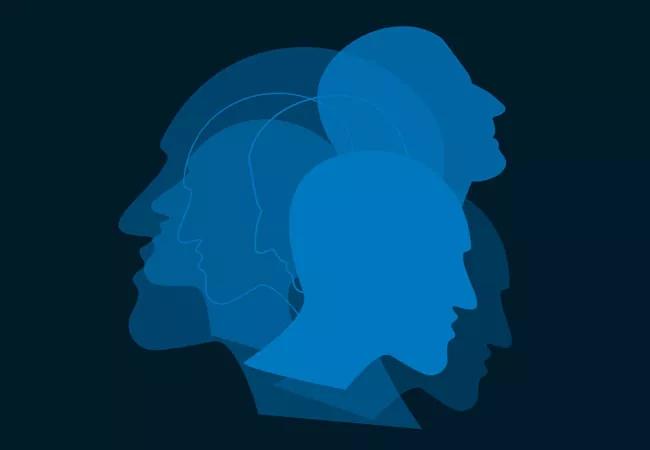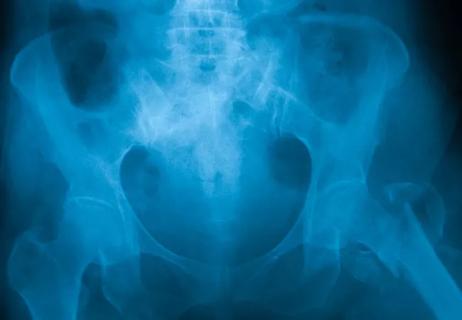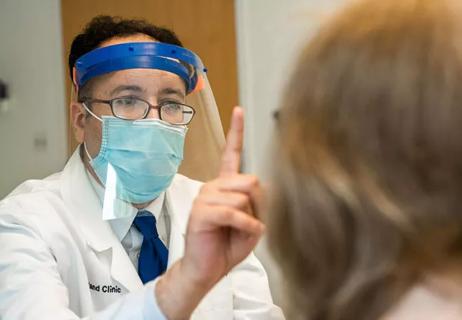Advertisement
Case study exhibits difference in diagnosis and treatment

Advertisement
Cleveland Clinic is a non-profit academic medical center. Advertising on our site helps support our mission. We do not endorse non-Cleveland Clinic products or services. Policy
A 69-year-old man presented for a second opinion after being diagnosed with frontotemporal dementia (FTD). His comorbidities included hypertension, diabetes mellitus type 2 and osteoarthritis.
According to medical records, the patient had been diagnosed with dementia because he scored 19 of 30 on Montreal Cognitive Assessment (MoCA) testing and his brain MRI displayed features consistent with FTD. The patient commenced on donepezil with no improvement in symptoms over time.
The patient had experienced changes in short-term memory over five years. He reported needing help with managing finances and taking medications. He had gotten lost while driving on familiar roads.
Most concerning for his family was his agitation/anger, paranoia and apathy. Agitation episodes were directed toward his wife, grandchildren and other drivers and were exaggerated in comparison to the associated anger trigger. He exhibited significant paranoia toward his wife as well as people on television news programs. Apathy resulted in an almost catatonic, “trance-like” state at times. He also exhibited anhedonia (no longer pursuing interests he used to enjoy) as well as low motivation to shower, get dressed and go out of his home. Appetite and sleep were poor. His sympathetic/empathetic nature was preserved, however.
The patient also had sporadic episodes of elation, dancing incessantly while grocery shopping, for example. While sadness had been pervasive the prior five years, episodes of paranoid delusions were unrelated to episodes of elation. There was no inappropriate disinhibited behavior at any point. Nor was there any obsessiveness, other than a tendency to hoard things.
There was no family history of dementia.
On our clinical assessment, the patient remarkably scored 29 of 30 on repeat MoCA, consistent with normal age-related physiological memory changes. A comprehensive physical exam, including neurological assessment, was entirely within normal limits. Serological diagnostic workup for any reversible etiologies for dementia was negative. A urine toxicology screen was negative for substance use.
MRI brain images from the prior evaluation were reviewed and found to show no frontal or temporal region atrophy — only age-appropriate changes in brain volume.
FTD is a clinical umbrella term for three FTD subtypes:
Non-fluent aphasia is characterized by significant impairment of articulation. The semantic subtype involves difficulty with single-word comprehension (while whole-sentence comprehension remains preserved). The patient in this case had none of these symptoms.
Per the 2011 International Behavioral Variant FTD Criteria Consortium, at least three of these six features are needed to diagnose bvFTD:
Advertisement
The patient met one or, at most, two of these criteria. In addition, neuroimaging did not support an FTD pattern of frontal and temporal lobe atrophy, and donepezil had no role in his treatment.
Per the Diagnostic and Statistical Manual of Mental Disorders (DSM-5), a diagnosis of schizoaffective disorder requires meeting at least two of these primary criteria for schizophrenia:
The patient met three of these clinical criteria: paranoid delusions, catatonic behavior and negative symptoms.
In addition, he met all of the following DSM-5 criteria distinguishing schizoaffective disorder:
The patient and his wife were advised that the patient had schizoaffective disorder, not FTD.
The patient commenced on an atypical antipsychotic as well as a mood stabilizer, divalproex sodium. A mood stabilizer was chosen because the patient’s mood domain had a bipolar pattern, and an antidepressant could potentially trigger full-blown manic episodes.
Over the past six months, the patient has responded favorably to this treatment regimen. His paranoid delusions and anhedonia/apathy have resolved completely. He is much more socially engaged and is eating and sleeping better. His anger episodes have significantly improved. His overall quality of life has greatly improved, as have his family relations.
Advertisement
Advertisement

Center for Geriatric Medicine leads inpatient care of fragility fractures

More clinical research should specifically study the very old

Delayed screenings indicate need for more virtual testing tools

Change in PCV13 recommendations

Metrics support proactive cognitive care, demand more research

A review of the evidence

Cleveland Clinic geriatrician weighs in on new AA recommendations

What geriatricians can do to stop it